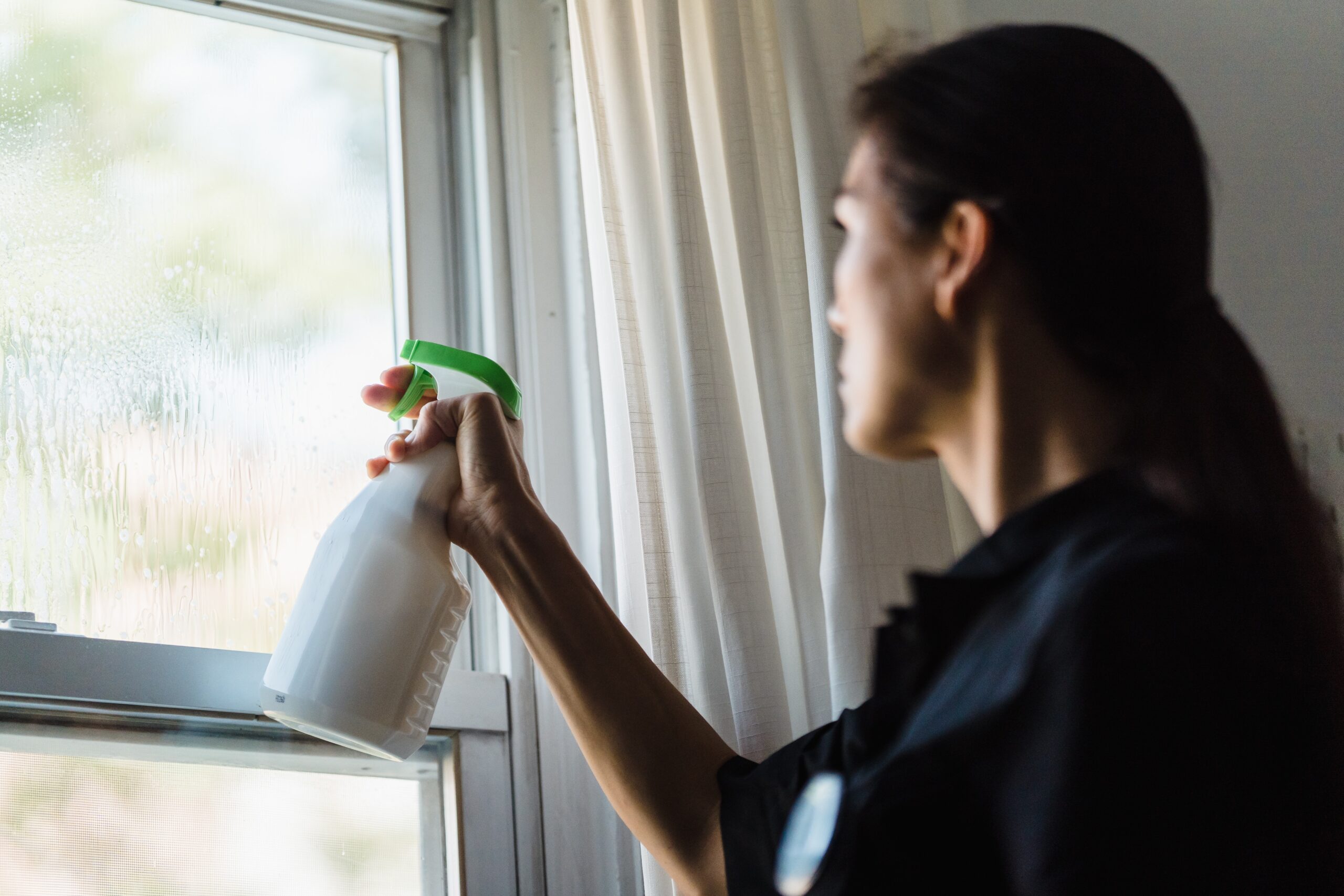Condensation occurs when warm air comes into contact with cold surfaces or when there’s too much moisture in your home, causing water to condense and form droplets on the cold surface. It’s common to see this happen in the colder months, with your central heating giving up.
Condensation itself is not a problem, but if you don’t treat it, you can end up with damp patches where mold can start to grow. This is not good for your health and can damage your home’s structure. If you’re experiencing a lot of condensation and you’re worried it’s going to turn damp, you need e part advice.
Use lids when cooking
Lid your pans when cooking to reduce the amount of moisture created from the boiling water.
Use an extractor hood above the cooker or extractor fan if installed. These are designed to reduce moisture created during cooking.
Don’t turn your extractor fan off as soon as you are done cooking, as moisture can still be present in the air after you are done cooking. Leave the fan on for 10 to 15 minutes to help clear out the humid air.
Another option is to buy an extractor fan that has intelligent humidity sensors. When you start boiling water, the sensor will speed up and then slow down as soon as the humidity levels return to normal.
Close kitchen and bathroom doors
The most common causes of window condensation in your home are bathroom and kitchen doors. When you’re preparing a meal, boiling a kettle, or bathing or showering, make sure your bathroom or kitchen door is closed to prevent moisture from entering colder rooms and condensation from forming when it hits a cold surface.
Dry clothes outdoors
Try to dry your clothes outside whenever possible to avoid moisture building up in your home. If you can’t dry your clothes outside, store them in your bathroom with the door shut and windows cracked until your clothes are completely dry.
Switch on your extractor fan while showering
Just like when you’re cooking in your kitchen, turn on the extractor fan while you’re showering or taking a bath to get rid of the steam and water vapor that builds up when running hot water in a cool room. This helps to prevent condensation from building up on your bathroom’s windows and walls.
Make sure washing machine is correctly vented
Vented washing machines and tumble dryers should be properly ventilated. From a single load of washing, two liters of water are released into the air. This effect is increased if the washing machine is installed in a kitchen, as cooking will increase the condensation.
Move furniture away from external walls
For the same reasons as mentioned above, ensure your furniture is 50mm or more from the walls to increase air circulation throughout the property. Consider placing wardrobes against the internal walls of your bedroom as they are less cold than the external walls and are less likely to produce damp and mold.
Having mold resistant installation is necessary for your home to feel cozy even in the harshest of weather.
Tradewindowsandconservatories.co.uk have gained quite a popularity for quality windows and conservatories. Do check them out for good installations at reasonable prices.
